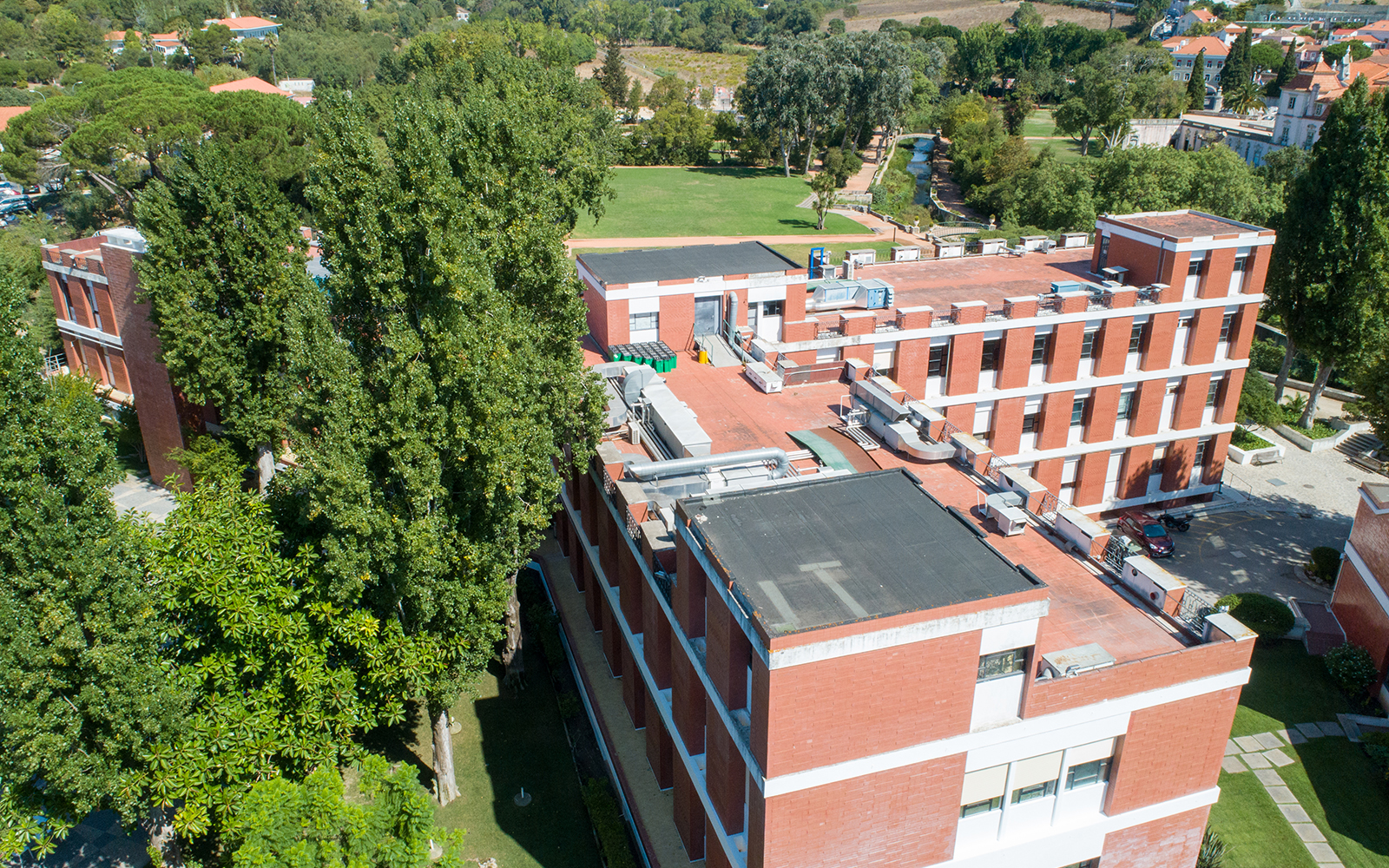Bacteria and their mobile elements: how networks of shifting interactions drive genome evolution
Event Slider
Date
- / Cancelled / Sold out
Location
Virtual RoomSeveral seminars are held weekly at the Instituto Gulbenkian de Ciência, an initiative that aims to bring together all researchers around the topics under discussion.
The sessions, with internal researchers or guests, contribute to stimulate the open and extremely collaborative culture of the IGC.
You can read the abstract of this seminar to learn more about it.
Horizontal gene transfer driven by self-mobilizable genetic elements allows the acquisition of complex adaptive traits and their transmission to subsequent generations. Transfer speeds up evolutionary processes as exemplified by the acquisition of virulence traits in emerging infectious agents and by antibiotic resistance in many human pathogens. Transfer is also costly because the vectors of horizontal transfer compete within genomes, have their own mobile elements and are often deadly. As a result, genomes are repositories of multiple immune systems from hosts and from mobile elements that interact in complex ways to drive gene flow in communities. The combination of evolutionary genomics and sequence analysis is now opening up these processes to show how they bring into the genome a constant flux of novel genes that favor the establishment and the invention of novel functions.
SPEAKER
Eduardo Rocha
Institut Pasteur

